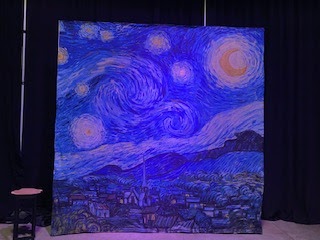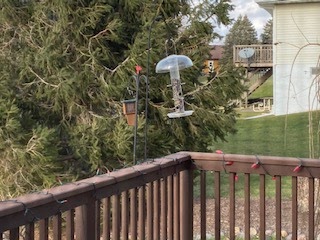Plantation tours add to knowledge base
Huge live oak trees at Oak Alley are planted in between the big house and Mississippi River.
Since the 1970s, after I saw the movie and read "Gone With the Wind" by Margaret Mitchell, I have wanted to see a southern plantation. This was relatively easy to do during a recent tour of rural Louisiana.
Plantations of all sorts are found almost everywhere; many are preserved as relics, and shown off as part of tours. At least one is both a working and historic cotton plantation. We initially visited the Kent Plantation, which included the oldest existing building in the central part of state and was located in Alexandria, La.
Our tour cost $9 each, and we were part of a group of five -- the other three were Middle Eastern visitors from Lebanon. Our guides were with the local historical society and the plantation was located about a block off a busy four-lane expressway and commercial district in Alexandria.
The Kent Plantation is on several acres of ground, and included all the usual buildings, but they were much closer to the "big house" than they would have been in the 19th century. The structures also have been modified for tour groups, adding, for example, wood floors in the slave quarters, the tour guide said. Slaves would have lived in homes with dirt floors back in the day.
The guides were enthusiastic and had loads of history at their fingertips, showing how both cotton was picked and handled, and how workers grew and processed sugar. Sugar plants were cut to about 6-inches tall; they resembled daylilies to me at this stage. But sugar plants grow to 9 feet tall or more we were told.
This tour in Alexandria took a few hours, and the property is also open to weddings and receptions. We also checked out the "big houses" in other locations, to feed an interest in 'Big House' architectural styles and colors. The Southdown Plantation in Houma, La., was painted pink and is also open for tours and to local events on the grounds.
A trip on the Great River Road between Baton Rouge and New Orleans is called "Plantation Row."
We stopped at Laura Plantation, the only one in Louisiana owned by a Creole woman, but could not enter as a huge tour group was on site.
It was a different case at the popular Oak Alley Plantation; this vast wide space includes 28 huge live oak trees arranged in an "allee," or tree line between the Greek Revival-style home and the Mississippi River. The grounds of this plantation are really special, and according to its history, a slave/gardener, Antoine, was the original expert on site. Archeologists are now working at Oak Alley to excavate the former garden areas.
What can a visitor learn from visiting a plantation? Good question. It is part of our shared American history, albeit still a hurtful memory to many.
More plantation photos at the Kent Plantation:
The big house, view from the back rear.
Steve looks at the garden, at the Kent Plantation, Alexandria, La.








Comments
Post a Comment